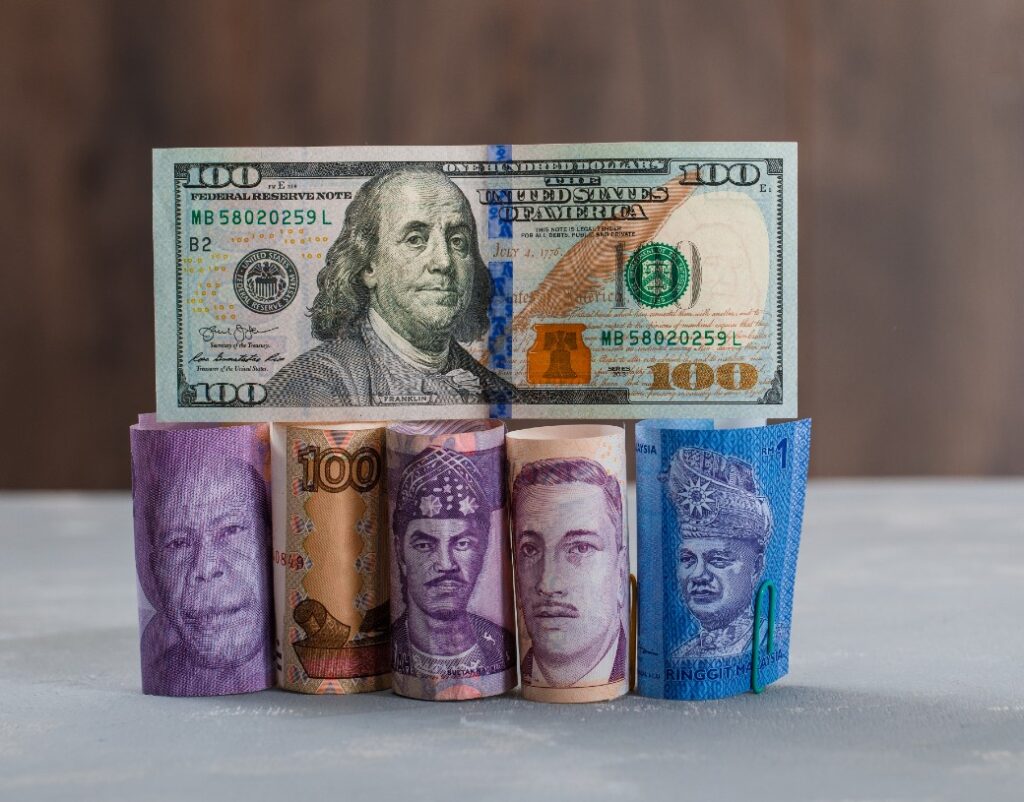US Dollar’s Resilience Challenges BRICS De-Dollarization Efforts
In July 2024, the US dollar has once again demonstrated its formidable strength, posing significant challenges to the de-dollarization agenda championed by the BRICS nations—Brazil, Russia, India, China, and South Africa. Despite concerted efforts, the currencies of these emerging economies have continued to slide, making little headway against the dominance of the USD.
As of the latest developments, the Indian rupee hit an all-time low of 83.73 against the US dollar. Meanwhile, the Chinese yuan, which has been at the forefront of the de-dollarization push, has plunged to a seven-month low. The Japanese yen, although not a BRICS member currency, has also faced difficulties, falling to a 34-year low, highlighting the broader regional struggles against the strong greenback.
BRICS and the De-Dollarization Agenda
The drive to reduce reliance on the US dollar is not new. Initiated by China, the de-dollarization campaign aims to establish a multi-polar currency world where no single currency, specifically the USD, holds a disproportionate amount of influence over global markets. This initiative has gained traction amid geopolitical tensions, with BRICS nations seeking to mitigate the economic risks associated with dollar dependency.
However, the recent performance of the BRICS currencies suggests that this initiative is yet to achieve its desired impact. Despite these nations’ collective efforts, the forex market continues to favor the US dollar.
Key Factors Behind the US Dollar’s Rise
Several reasons underpin the USD’s enduring strength. Foremost is the US Treasury yields, which have maintained a firm stance, enticing investors towards dollar-denominated assets. The DXY index, a critical indicator that tracks the USD’s performance against a basket of other currencies, remains robust, safely above the 104.30 mark.
Moreover, currency investors tend to buy the US dollar during market dips, providing robust resistance levels that help the dollar bounce back with vigor. Shaun Osborne, Chief Foreign-Exchange Strategist at Scotiabank, remarked, “The markets got a little overextended and firmer yields have helped the dollar,” underscoring the cyclical nature of currency markets driven by investor sentiment and market dynamics.
Looking Forward
As President Biden’s term approaches its conclusion, the future trajectory of the US dollar will be influenced by various factors, including the policies of the next administration. The persistence of global economic conditions, the US Federal Reserve’s policy decisions, and geopolitical events will all play a role in shaping the USD’s strength.
For the BRICS nations, the challenge remains to create a more equitable balance within the global currency hierarchy. While the de-dollarization effort is a step in this direction, its success will depend on coordinated policy measures and sustained economic performance.
The struggle of BRICS currencies versus the US dollar highlights the complexities inherent in altering a deeply entrenched financial system. With more countries expressing interest in joining BRICS, the bloc’s ability to present a united front might yet hold the potential to redefine global monetary dynamics.
For more information on BRICS and their initiatives, visit the official BRICS website.
